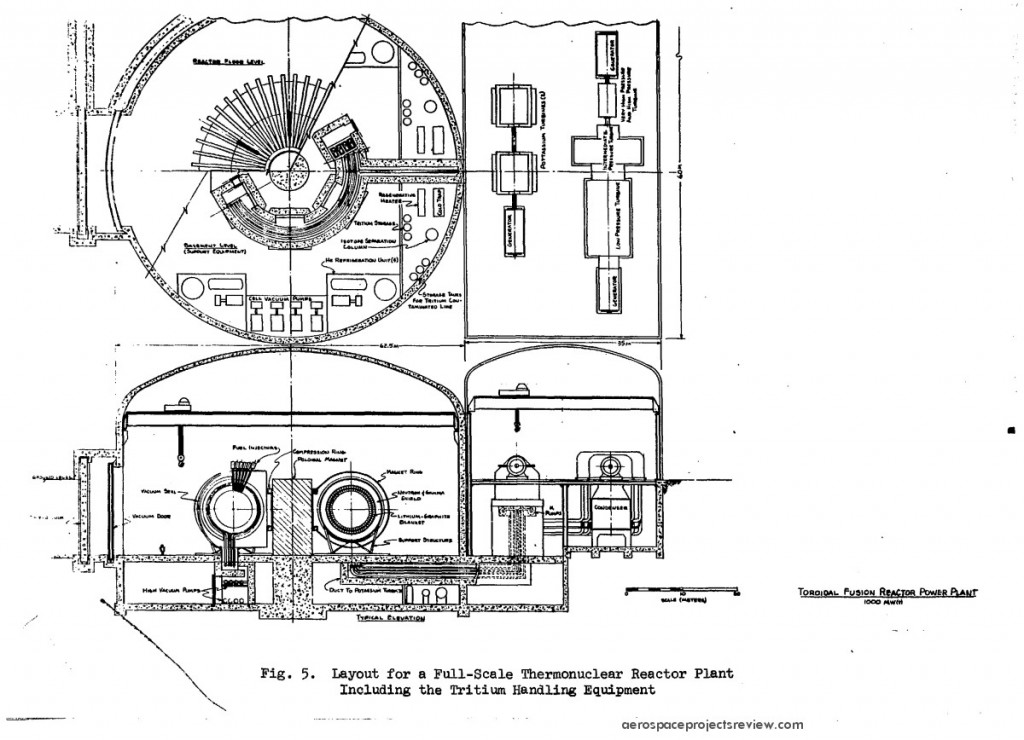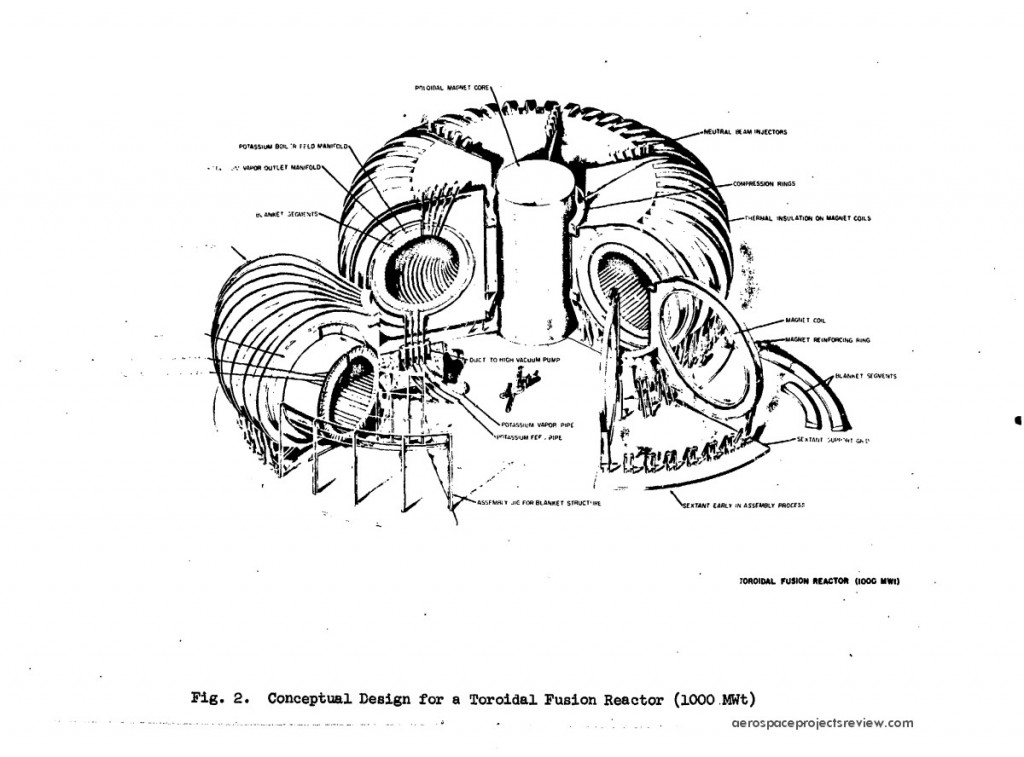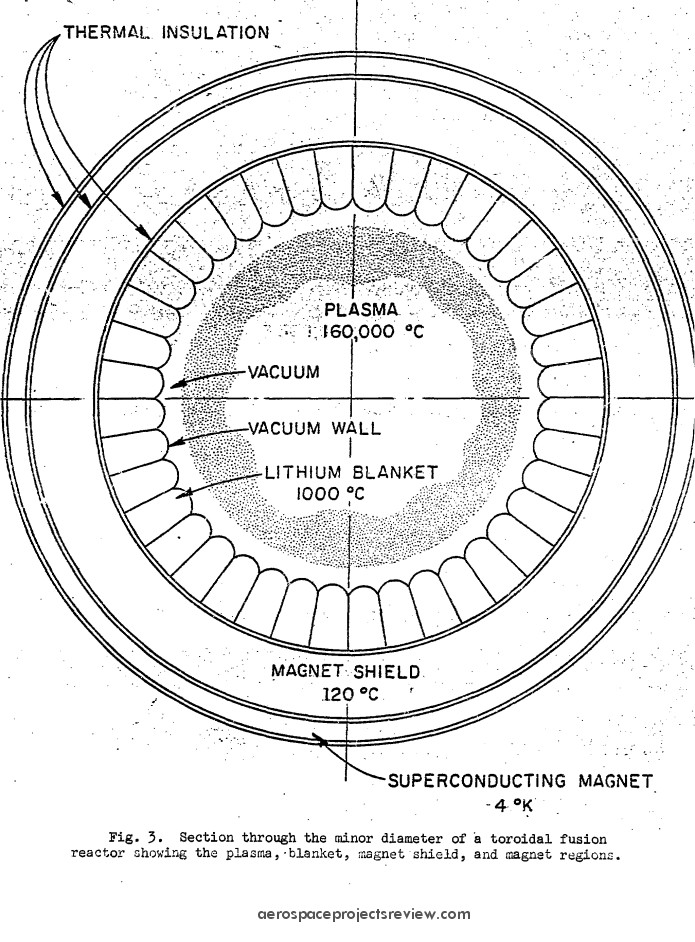C/2013 A1 was discovered January 3, so it has not been observed for terribly long. However, current orbital projections for October 19, 2014, has it passing within 0.0007 AU (63,000 miles). But due to uncertainties, it could pass as far away as 0.008 AU… or it could impact. If it does, it’ll hit at an impressive 35 miles per second.
And in this case, I really, *really* hope that it hits. Because it’ll hit *Mars,* not Earth.
If it hits, the impact will be a hell of a thing to watch (and very likely the *last* thing the Mars rovers and flotilla of Mars orbiters will ever observe. If it misses, the spacecraft might still get an impressive show, depending on whether the comet has started to substantially outgas (not at all certain). The size and mass of the comet are still unknown. But if it hits *and* if it’s a large enough comet, we just might maybe possibly see major changes to the climate of Mars. A substantial influx of water vapor, coupled with a vast amount of liberated subsoil water vapor and carbon dioxide, just might serve as enough of a “greenhouse” to raise planetary temperatures. This won’t be enough to terraform Mars… Mars has been whacked often enough that if a single comet strike were going to do so, it would have done so. But it might give Mars a temporary flicker of warmth. Would it last months? Years? Decades? Centuries? Dunno. My guess would be months to maybe years. But if it lasts decades, that’s long enough for humanity to get off its ass and do something with it. A warmer, thicker atmosphere would make landing on Mars easier; the asteroid mining companies could do their thing to lob *more* rocks and iceballs at Mars to keep the warming and wettening process going.
The comet will almost certainly miss. But a man can dream.
UPDATE: Possible size of the comet from HERE:
With the current estimate of the absolute magnitude of the nucleus M2 = 10.3, which might indicate the diameter up to 50 km, the energy of impact might reach the equivalent of staggering 2×10¹º megatonnes! This kind of event can leave a crater 500 km across and 2 km deep.
Yow!
An impact like this would not be a once-in-a-lifetime event. it would not be a once-in-a-millenium event. It’d be a once in… what? Ten million year event, for something this big to whack one of the terrestrial planets?
















